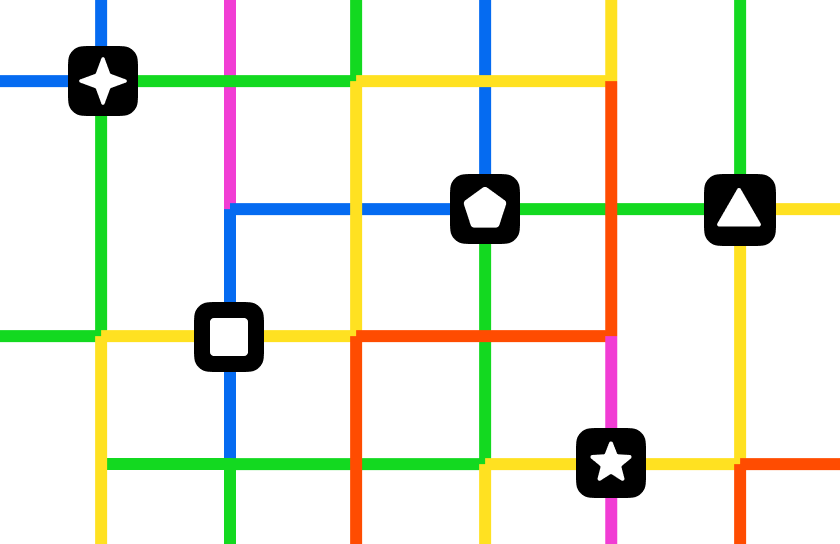
Internet and blockchain technology have accelerated software development and growth in the past two decades. Moreover, these technologies have significantly eliminated borders, transforming the world into the unity we know today.
In this article, we will talk about how these technologies contributed to software and changed our world.
Elimination of physical borders (Internet)
The advent of the Internet in 1992 rendered the world borderless. Instant communication in shared virtual space has removed physical barriers, accelerating technological progress through fast data transfer.
In a world brought closer together, developers had a better chance of collaborating to solve a broader problem space with software. Over time, software offered all sorts of solutions, from entertainment and social networks to task automation and workflow optimization tools.
Nonetheless, collaborative progress has its limits in the old web where proprietary software prevails. Operating in isolated and independent infrastructures creates significant barriers to communication between software component functions.
In Web2, typically, all communication was handled through private APIs, which were confined to specific use cases and inflexible. This permissioned structure hindered organic progress in software development and the formation of new economies.
Colonizing functions and data creates challenges in developing new and complex software applications. Developers need to leverage existing functionalities, which results in redundant work and flat innovation curves in software development.

Elimination of digital borders (Blockchain)
The onchain era began with Ethereum's emergence in 2015 as a distributed, open, and global supercomputer. From then on, developers could run their software on Ethereum’s open infrastructure.
Due to blockchains' open and distributed nature, once an app is deployed on this network, anyone can call its functions permissionlessly. This eliminates the friction created by private APIs in the traditional web and unlocks the possibility of creating new, complex software on top of an older one’s functionalities.
This effect is known as composability, perfectly described by Chris Dixon as "the ability to mix and match software functions like Lego bricks.” It is something like the compound interest effect in finance, fueling a rapid software development and innovation growth curve over time.

Let us examine a few advantages of this effect:
- Accelerating development:
As a software developer, you can easily leverage an existing protocol's facilities. This eliminates the need to reinvent the wheel and fosters rapid development.
For example, Panoptic creates an options market on the Uniswap protocol, taking advantage of its liquidity and basic financial functionalities. This means that the thousands of assets and millions of dollars in liquidity on Uniswap can amazingly be instantly avaiable to options trading.
- Unlocking new horizons:
When functions can easily interweave, it enables the creation of composite applications that transcend various industries. A single software program can blend social, financial, and gaming elements transparently and trustlessly.
For example, PoolTogether is a no-loss, fraud-proof lottery platform based on DeFi lending protocols. It collects user ticket prices, invests them in the lending pools, and distributes the accrued interest to the lottery winner. After the lottery ends, users can trustlessly claim their original funds.
Final words
The internet ushered in an era where we could communicate and interact with each other by eliminating physical boundaries. However, innovation was restricted due to its centralized infrastructure and closed APIs.
However, the emergence of an open and global blockchain infrastructure and its composability significantly accelerated innovation, facilitating the creation of complex and integrated software applications.

